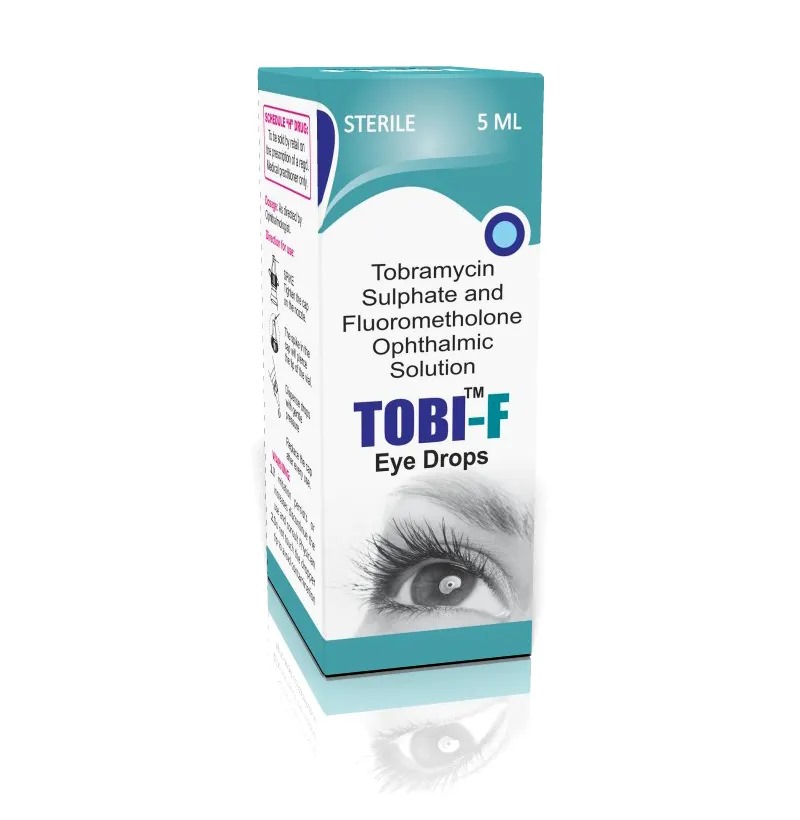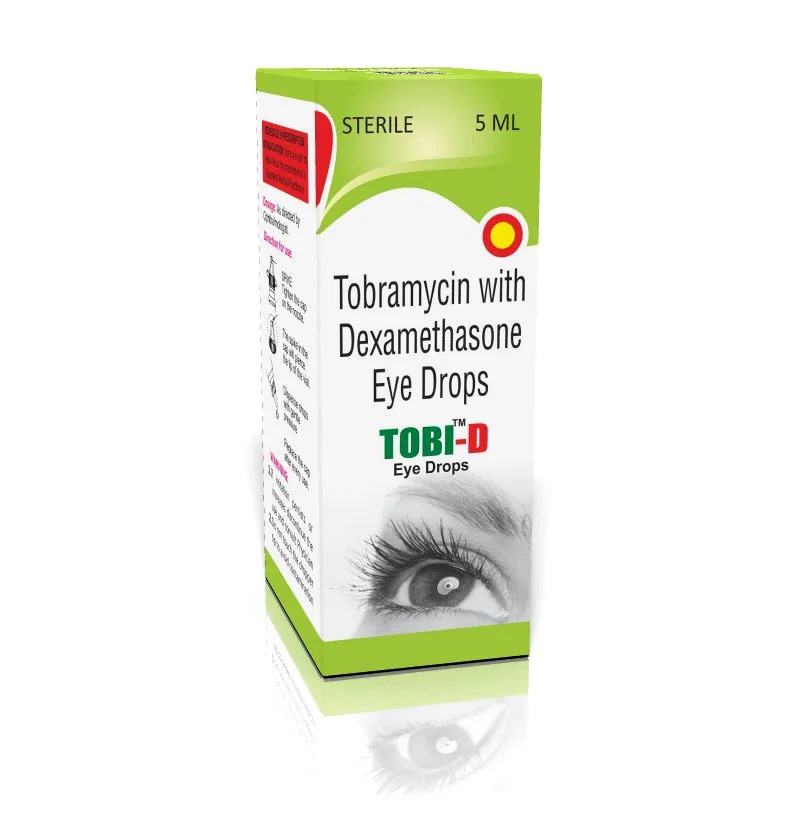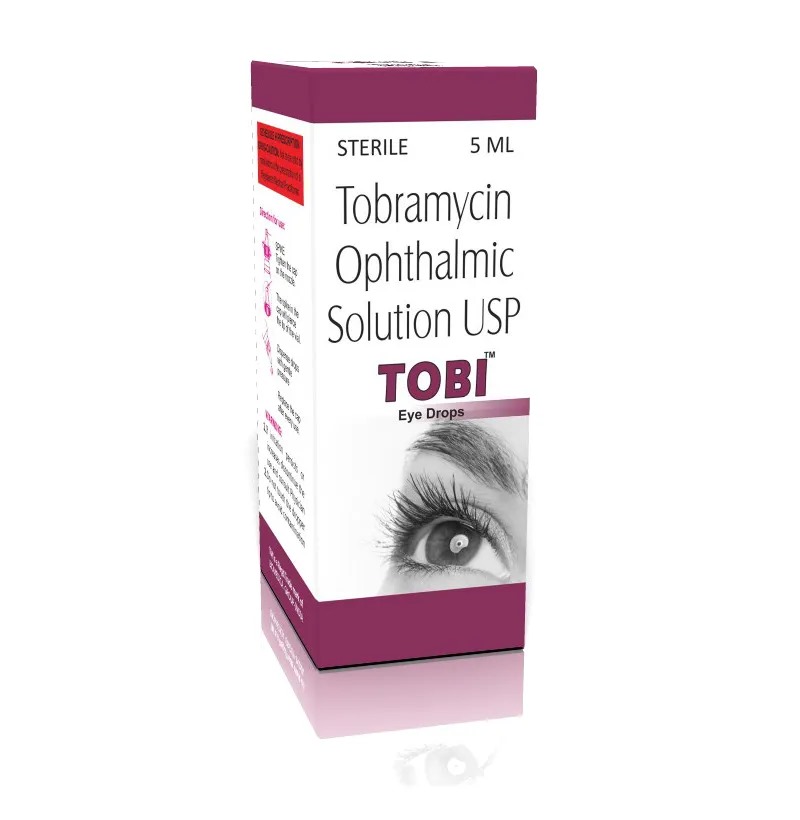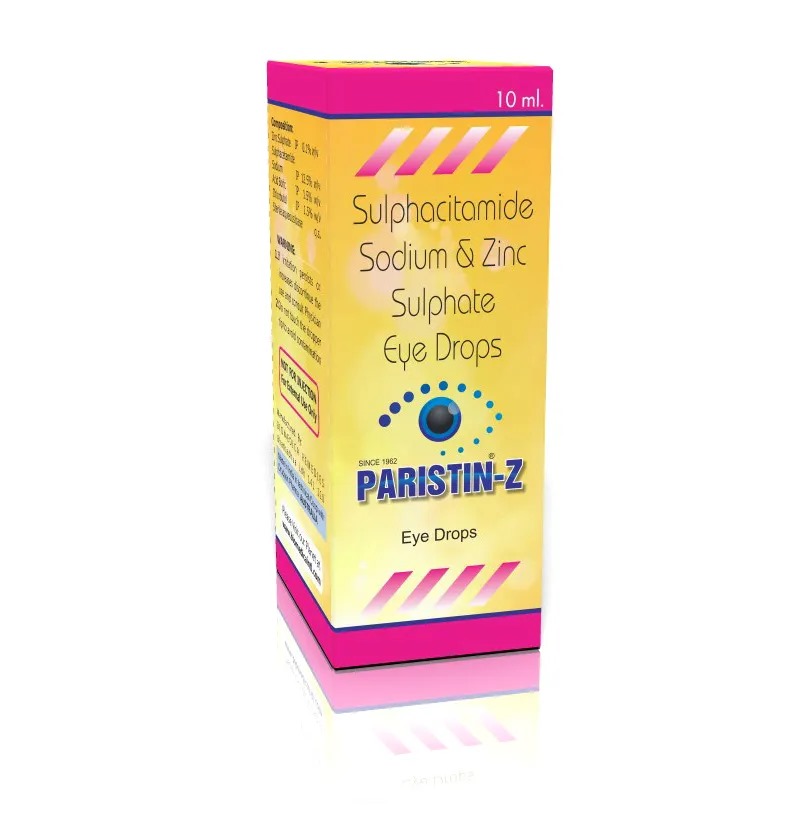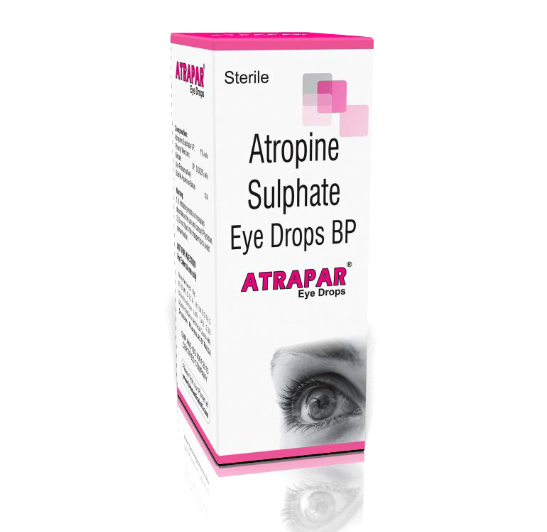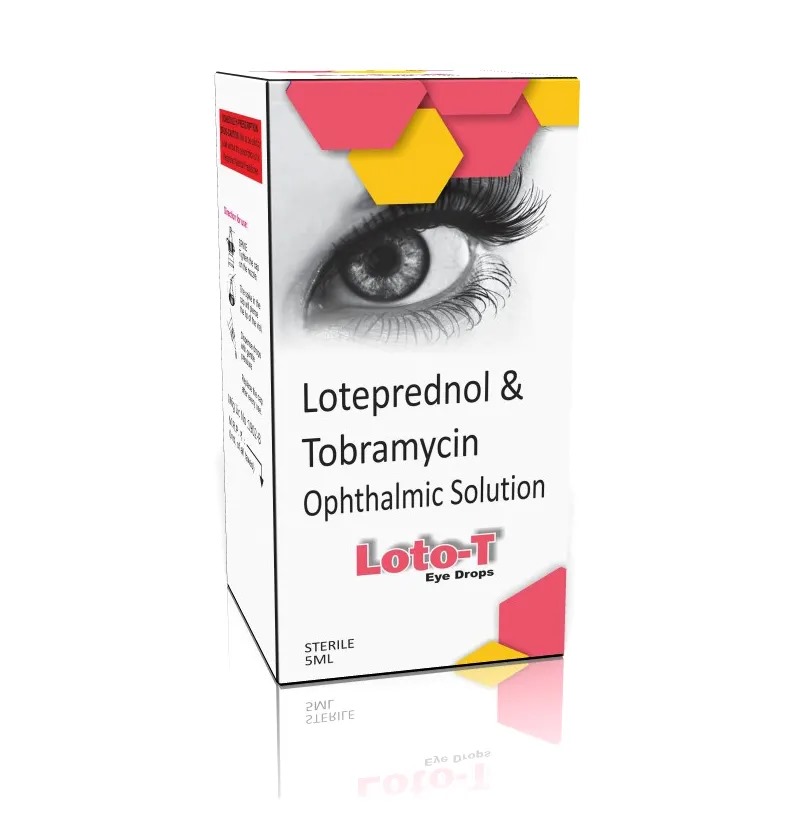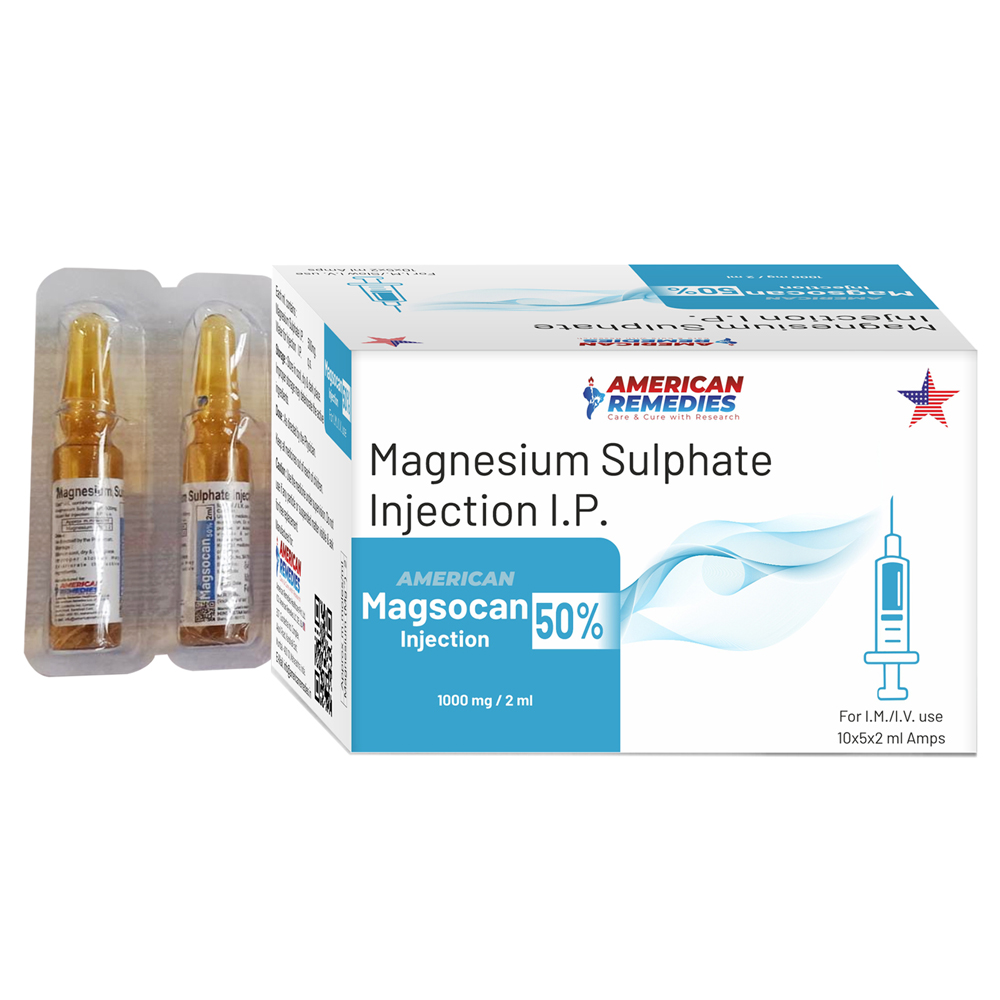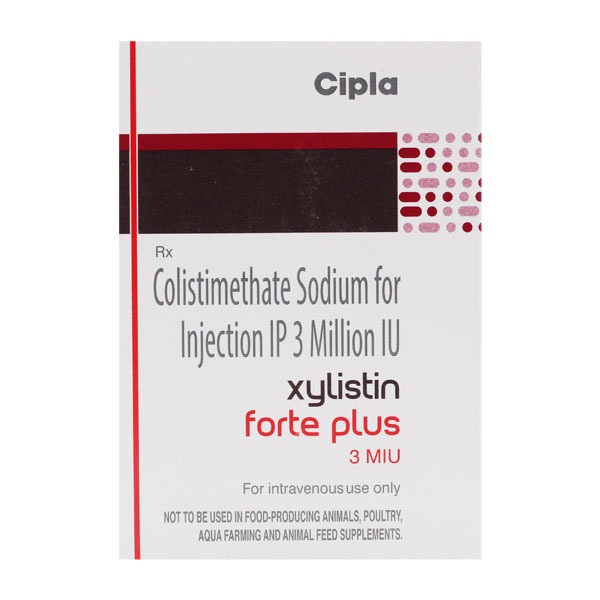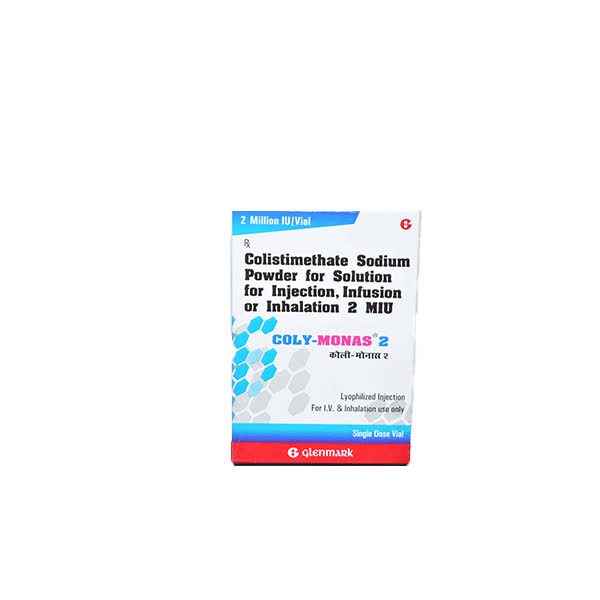Tobi-F (Tobramycin Sulphate and Fluorometholone) Ophthalmic Solution is a prescription eye drop that combines an antibiotic and a corticosteroid to treat specific eye conditions. ________________________________________ ✅ Primary Uses Tobi-F is primarily used to manage inflammatory eye conditions where a steroid is indicated and where there is a risk of or existing superficial bacterial infection. The combination of tobramycin and fluorometholone addresses both the infection and the inflammation. ________________________________________ 💊 Dosage and Administration • Standard Dosage: Instill 1–2 drops into the affected eye(s) every 4–6 hours, or as directed by your healthcare provider. • Application Tips: o Wash your hands before use. o Avoid touching the dropper tip to any surface, including the eye, to prevent contamination. o If you wear contact lenses, remove them before applying the drops and wait at least 15 minutes before reinserting them. ________________________________________ ⚠️ Contraindications and Cautions • Contraindications: o Hypersensitivity to tobramycin, fluorometholone, or any component of the formulation. o Active viral infections of the eye, such as herpes simplex keratitis. • Untreated fungal or mycobacterial infections of the eye. • Cautions: o Use with caution in patients with a history of glaucoma, as corticosteroids can increase intraocular pressure. o Prolonged use may lead to cataract formation or secondary ocular infections. o Consult your healthcare provider if you are pregnant, planning to become pregnant, or breastfeeding.
Send Message